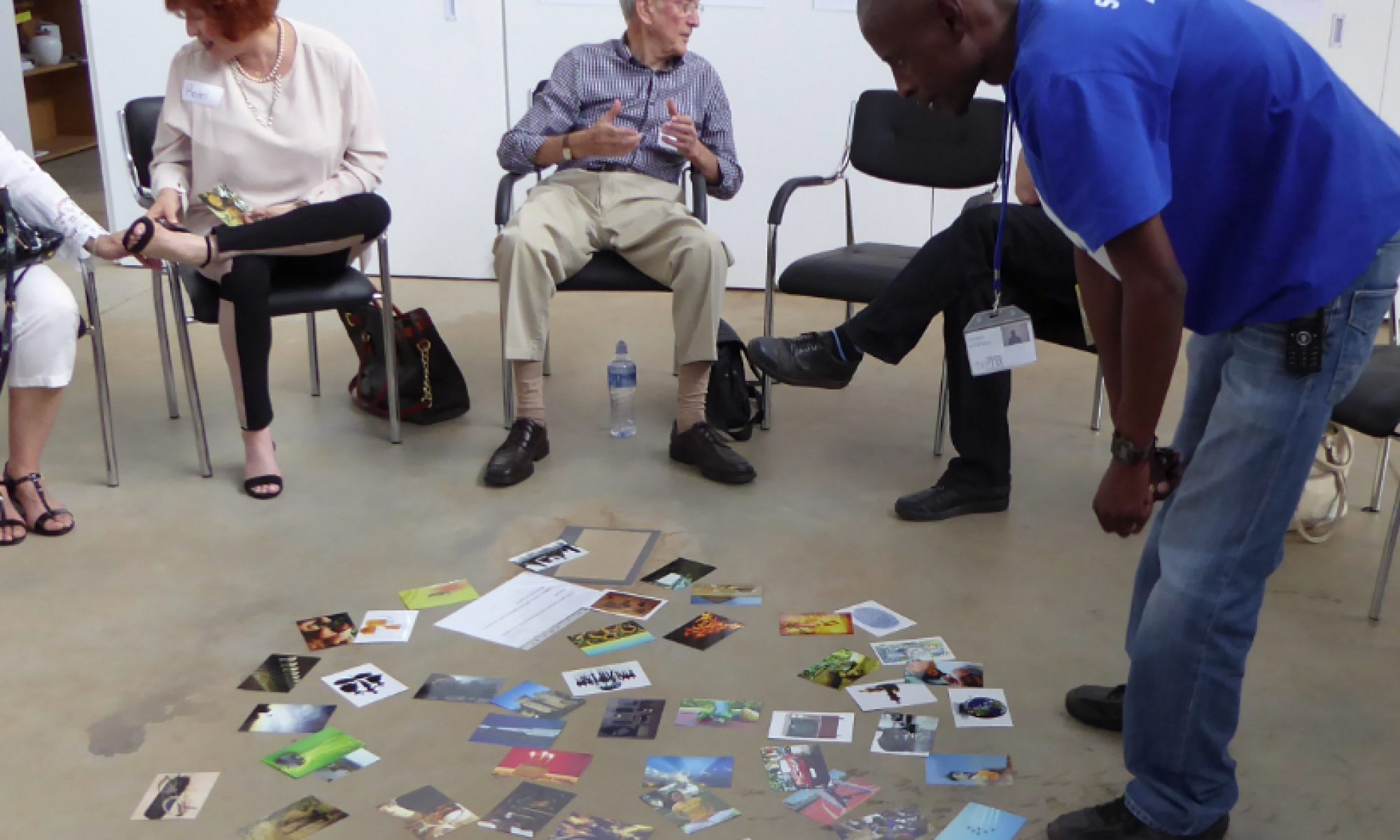 A good workshop design, like a good story:
A good workshop design, like a good story:
S helps people see their Situation in a new light and Summons them to new possibilities
T Guides them across a Threshold full of Terrors—Facing their fears
O Provides Obstacles and OBSTACLES as they journey through tests that challenge skill and paradigms.
R Rewards their bravery and hear their commitments as they Return to their work-life.
I Supports them in Integrating their learning into their Identity so they transform their world.
… Remembers that the story never ends and that no facilitator can completely control another’s journey.
For more detail on this model click here.
The success of trusted workshop processes lie in their ability to guide participants successfully across the two thresholds. First from their current situation through the barrier of their resistance and fear into the landscape of your workshop filled with insights, theories and skills development. Secondly over the threshold back to their own realities armed with new tools, skills and understanding with which to face their recurring patterns of thinking.
Most workshop processes are really good at helping people cross the first threshold. Few get the second threshold crossed successfully. That is because most of us do not have the luxury to remain with our clients as they return to work or life. If you can offer them a coaching programme, or some kind of follow-up support system online, you have a better chance.
But what if you could cross this threshold In the Workshop?
Play it out in a safe space
Applied theatre processes like Applied Improvisation, Theatre for the Oppressed, Embodied Reflective Practice and Theatre for Development all use the power of embodiment and action to help people ‘rehearse for their futures’ (Augusto Boal). By using processes that require people to play out the learning, they get the opportunity to try out new ways of being in a safe environment before they have to go back into the ‘real’ world.
Play it out with your whole body, brain, heart and guts
Applied theatre processes also involve the whole of a person: not just the whole brain, but also the whole heart, body and gut feelings. As if this is not enough, it also involves a community: learning with others. The doing, playing, laughing interacting and learning that happens when people play together helps to access more parts of a human being and creates more opportunities for deep learning on core value level.
This is one of the main reasons that Applied Improvisation is taking off as a leading- edge workshop methodology and why it works so well with Story-Strategy (as summarised by the STORI… model) for designing workshops. The way in which both AI and Story-Strategy can navigate participants across the first and second thresholds is also the reason why coaches find Applied Improvisation such a handy set of skills and tools and why Story-Strategy help them to structure their coaching programmes. Coaching itself functions to lead people over both thresholds, but especially the second one.
Catch Playing Mantis and Raymond van Driel at the Applied Improvisation Network’s annual conference in Austin Texas!!
You might also be interested in:
S.T.O.R.I… – A strategy using story principles for Trainers and Facilitators
P.L.A.Y.! – A summary of Improvisation principles for Trainers and Facilitators
Podcast interview with Petro Janse van Vuuren (PhD) on Story-Strategy.
Podcast interview with Raymond van Driel on AI and the PLAY! model.
Trainer workshops in South Africa, click here.
Coaching contact Petro in Johannesburg, Burgert in Cape Town and Raymond in the Netherlands.
The Applied Improvisation Network Click here.
AIN conference Train the trainer workshop Click here.

